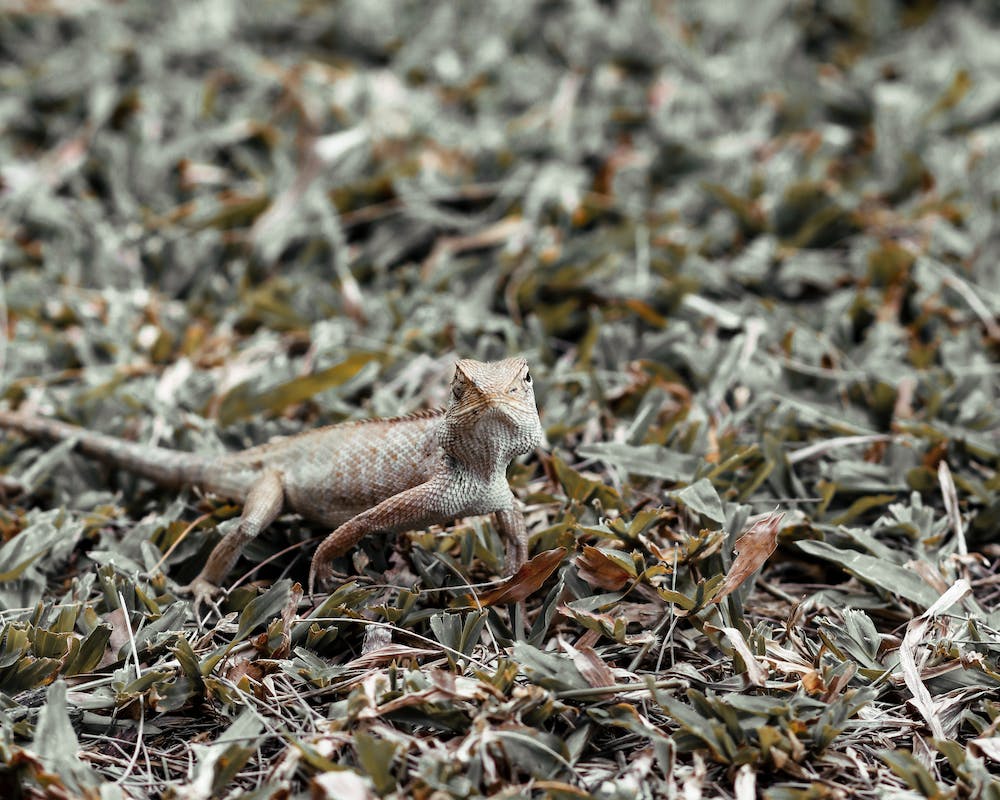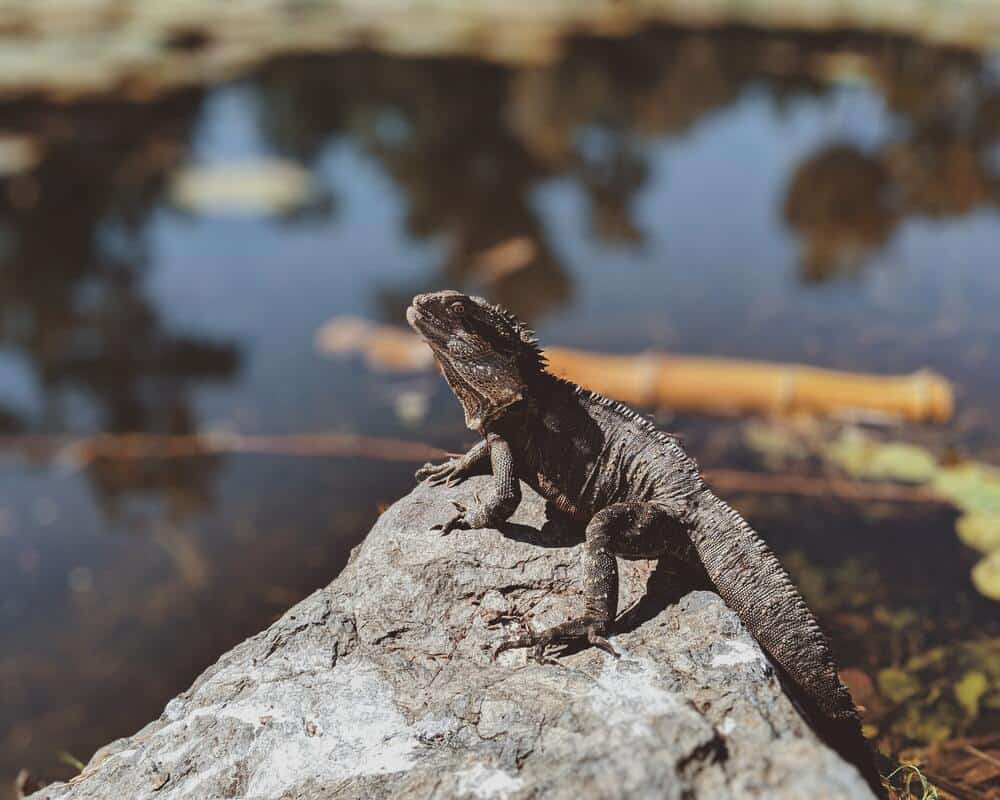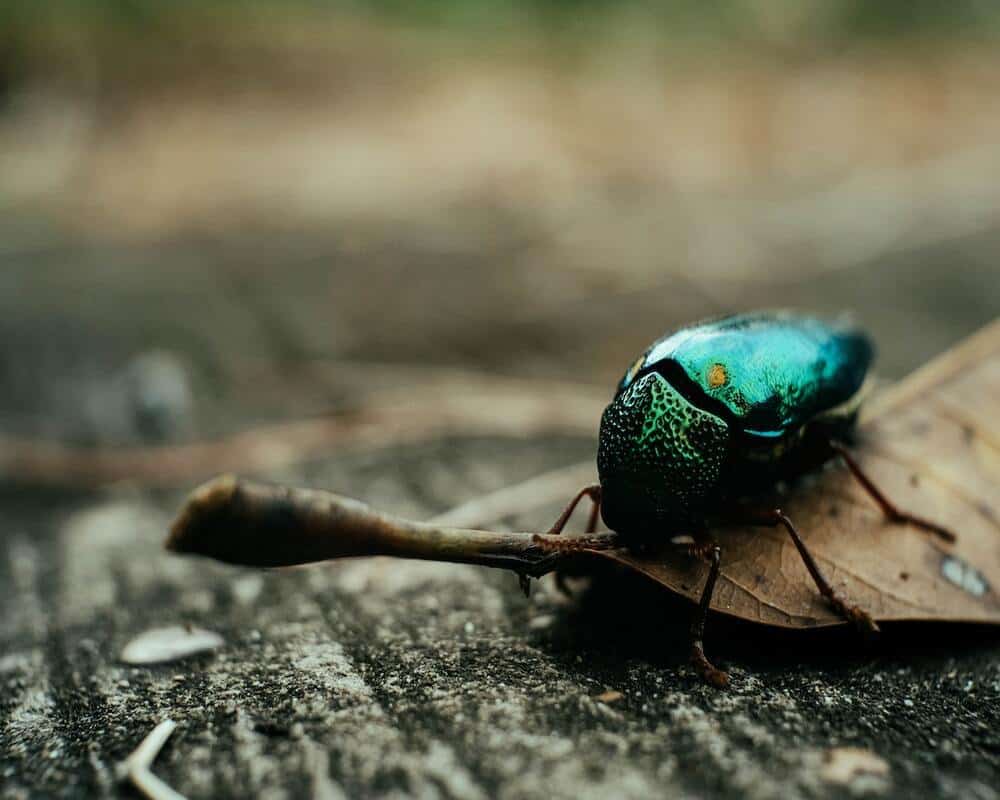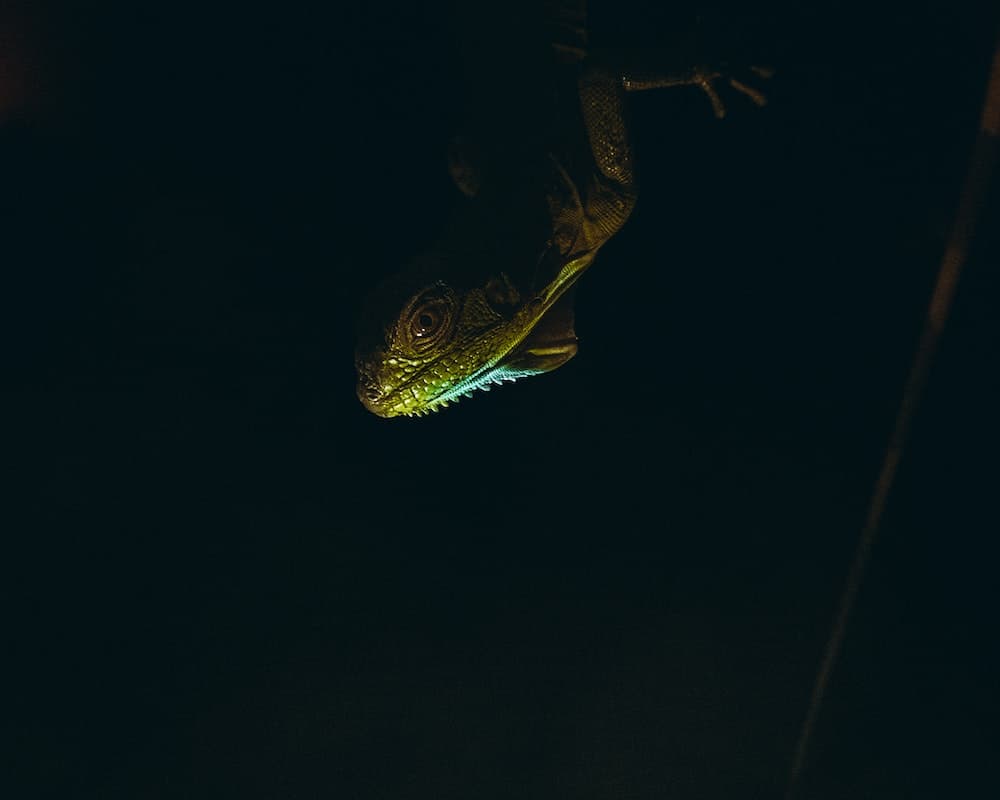Have you noticed that your bearded dragon’s nose is clogged? Are you wondering if it is a reason to be concerned about? What could be its implications?
A bearded dragon can have a clogged nose due to respiratory infections, shedding, or allergies. Bacterial infections or fungal infections can cause respiratory illnesses.
- Signs Your Pet Bearded Dragons Nose Is Clogged
- Why Do Bearded Dragons Have Nose Plugs?
- Reasons Why Your Bearded Dragons Nose Is Clogged
- Causes for Improper Shedding
- Causes for Respiratory Illnesses
- Ensure Healthy Shedding to Prevent Shed Skin Getting Stuck in the Nose
- Prevent Respiratory Illnesses to Prevent Nose Blockage in Your Bearded Dragon
- What Should You Do If Your Bearded Dragon's Nose Is Clogged?
- Conclusion
- FAQS
Signs Your Pet Bearded Dragons Nose Is Clogged
Some of the most common physical signs that your bearded dragon’s nose is clogged are wheezing, bubbles forming at the nose, sneezing, breathing through an open mouth, or a gaping mouth.
A clogged nose can also mean the formation of black crusty material in or around your pet’s nose and nose shed stuck in their nose.
Why Do Bearded Dragons Have Nose Plugs?
Bearded dragons have a peculiar structure inside their nose called nose plugs. Nose plugs are not to be confused with any obstructive material or any sign of infection.
Nose plugs are a necessary biological structure that prevents harmful external materials like dust particles, small insects, and other irritants from entering the nasal passage.
The nose plugs come in handy for bearded dragons to pick environmental cues for smell and various scents. It is an intrinsic part of survival for bearded dragons.
The presence and good health of the nose plug indicate the overall well-being of your bearded pet dragon.
Reasons Why Your Bearded Dragons Nose Is Clogged
Following are the reasons why your pet bearded dragon’s nose can get clogged, and its breathing and other activities like eating may get affected:
- Skin Stuck During Shedding
Shedding is a natural process for bearded dragons. Bearded dragons shed the skin of their delicate organs, like noses and ears.
Sometimes when the skin is not shed correctly, it can cause the skin to get stuck in the nostril and can block the air passage.
Causes for Improper Shedding
Your pet bearded dragon has a hard time shedding its skin. It is a painful and stressful process. Usually, it requires no external intervention.
- If the humidity levels of the pet enclosure are too dry, your pet may have difficulty shedding its skin correctly. This can sometimes cause the half-shed skin to get stuck in the nose and obstruct breathing.
- Stress is another reason why your bearded dragon is not shedding properly. Multiple reasons can cause stress. Some reasons which can increase the stress levels in your bearded dragon and affect the shedding process are unhygienic conditions in the pet enclosure, improper enclosure conditions, the presence of another bearded dragon in the same enclosure, illness or some infection, and injuries.
- Nutrient -deficient diet is also one factor that could be responsible for the incomplete shedding of your bearded pet dragon.
- Respiratory Illnesses
Bearded dragons can get respiratory illnesses due to bacterial infections or fungal infections.
You can check if it is a respiratory illness if your pet bearded dragon’s nose is runny, if there are bubble formations around the nose, or if there is some black crusty formation around it.
Your bearded dragon may also have a clogged nose due to certain things it might be allergic to. Allergies can cause sinus infections and difficulty in breathing.
Causes for Respiratory Illnesses
Respiratory illnesses in bearded dragons can occur if your bearded dragon is exposed to harmful bacteria and fungi.
Bacterial and fungal infections are caused mostly by low immunity and bad enclosure conditions.
If the humidity and temperature levels in the terrarium are unsuitable for a bearded dragon’s habitat, it can become home to harmful bacteria, parasites, and fungi.
These can infect your pet’s respiratory tract and cause bacterial and fungal infections.
An absence of UV light in the pet enclosure, a poor diet, and unhygienic tank conditions can affect the immunity of your bearded pet dragon, making it more susceptible to infections and illnesses.
Ensure Healthy Shedding to Prevent Shed Skin Getting Stuck in the Nose
You can prevent the shed-off skin from getting stuck in the nose by ensuring your bearded dragon has a smooth shedding cycle.
Most of the time, bearded dragons do not need any assistance while shedding their skins. However, if habitat conditions are unfavorable for shedding, you might have to help your pet with the shedding process.
Ways in which you can help your pet bearded dragon with shedding:
- Giving Your Pet a Warm Bath
Giving a bath to your bearded dragon right before it starts shedding can help it with the shedding process. Right before shedding, the skin of a bearded dragon turns dark. You can bathe it during this time.
Ensure you use a shallow dish or vessel for bathing your bearded dragon. Measure the water levels only till it reaches its shoulder. Do not submerge it completely. Use warm and not scalding water for the bath.
- Misting Your Bearded Dragon
Along with giving a bath, you can also mist your bearded dragon lightly. When you are misting the inner walls of its enclosure, it maintains the humidity levels.
- Providing a Nutrient Rich Diet
A diet rich in all the essential nutrients like calcium, proteins, and Vitamin D3 will ensure that your bearded dragon’s immunity stays strong.
Always provide a varied diet containing fruits, vegetables, gut-loaded insects, and leafy greens. Also, remember to dust the food with vital nutrients and supplements regularly.
- Ensuring Good Enclosure Conditions
A suitable habitat will give your bearded dragon a sense of comfort. It will also prevent any unwanted bacteria or fungi out.
Prevent Respiratory Illnesses to Prevent Nose Blockage in Your Bearded Dragon
Respiratory illnesses are one of the reasons why your bearded dragon’s nose can get clogged. A runny nose and bubbles forming at the nose are the main reasons your bearded dragon’s nose gets blocked.
Respiratory illnesses are caused mostly by unhygienic terrarium conditions, improper habitat conditions, or a poor diet.
Cleaning the tank regularly and providing a nutritious diet to your bearded dragon will keep it healthy and away from infections.
Respiratory illnesses can also be prevented by ensuring good habitat conditions for your bearded dragon. Following are some ways to provide a suitable habitat for your bearded dragon.
- Maintaining Humidity Levels
Keeping the humidity levels right in the pet enclosure will give your bearded dragon the conditions to shed its skin healthily and keep bacterial and fungal growth at bay.
Remember, too much humidity invites unwanted bacterial and fungal growth.
Buying a digital hygrometer to maintain the humidity levels of the pet enclosure is a good investment.
- Ensuring Right Temperature
Bearded dragons need varying temperatures for day and night. Maintaining these temperatures appropriately will keep your bearded dragon healthy.
Installing a UV light for basking is also crucial. Basking is helpful, particularly in keeping the immune system strong.
- Clean and Hygienic Tank Conditions
Lastly, regularly clean the pet enclosure. Maintain high hygiene levels at all times.
Remove the dish’s uneaten food, droppings, and old water to clean the terrarium.
What Should You Do If Your Bearded Dragon’s Nose Is Clogged?
If you find your bearded dragon’s nose clogged for any reason, whether due to incompletely shed skin stuck in its nose or respiratory illnesses, it is best to consult a veterinarian doctor for the same.
Please do not remove the stuck shed skin; you may accidentally damage its delicate nose structure. You may end up rupturing the nose plug or causing another injury that can lead to bleeding.
Instead, seek an appointment with a vet. Vets have special tiny devices made for treating smaller pets like bearded dragons. A vet can easily remove the stuck skin from the nose using these special tools without injuring your pet.
In case of respiratory illnesses, it is best to take your pet bearded dragon to a veterinarian doctor immediately. Delaying treatment for your pet can cause other severe problems and infections.
Following along with the treatment course, whether antibiotic or antifungal (depending on the type of infection), will treat your bearded dragon safely and effectively.
Conclusion
Nose clogging is a symptom that requires medical attention. Observing your bearded pet dragon carefully and regularly will help you detect slight problems like a clogged nose. Immediate medical attention will avoid any further complications. As prevention is always better, ensuring good habitat conditions and a rich diet will always help.
FAQS
How Do You Get Boogers out of a Bearded Dragon’s Nose?
Suppose your bearded pet dragon has any boogers in its nose. In that case, you can try out a few things, like increasing the humidity of the bearded dragon’s enclosure, giving your pet plenty of fluids like water and fresh juice in a shallow dish, and giving it plenty of time to rest.
Also, you must avoid handling your pet bearded dragon as it increases stress. If, after a couple of days, the condition of your bearded dragon does not improve, you should take it to a veterinary doctor for consultation on an immediate basis.
How Do You Clear a Bearded Dragon Blockage?
If your bearded dragon has a runny nose, you can try cleaning it with a soft damp cotton ball. With very gentle actions, wipe away any dirt or mucus. Pat dry with a dry cotton ball or soft cloth once you are done.
Do not leave any moisture near the area around the nose. You can use a Q-tip for the same purpose but do not insert it into your pet’s nose as it can injure it.
Do Bearded Dragons Catch A Cold?
No, bearded dragons cannot catch a cold. Cold is a contagious disease caused by the spread of a virus through humans or animals. But bearded dragons can get respiratory illnesses, which can cause sneezing and coughing.
Respiratory illnesses are due to infections or parasites. Because symptoms like a runny nose, difficulty breathing, and wheezing are similar in respiratory diseases and colds, it is common to confuse both.




